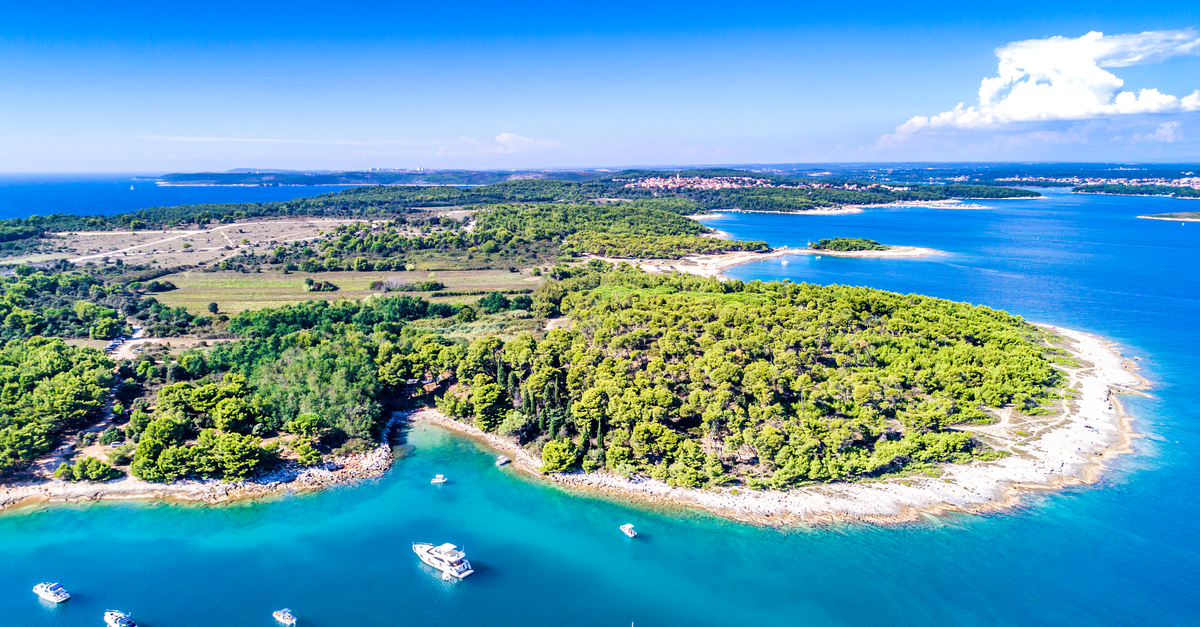
ISTRIA
Istria County is a heart-shaped region north of the Adriatic coast, with an amazingly green interior similar to Tuscany, yet wilder and undiscovered by mass tourism. Its administrative center is the city of Pula, an old Roman town with the famous amphitheater Pulska Arena.
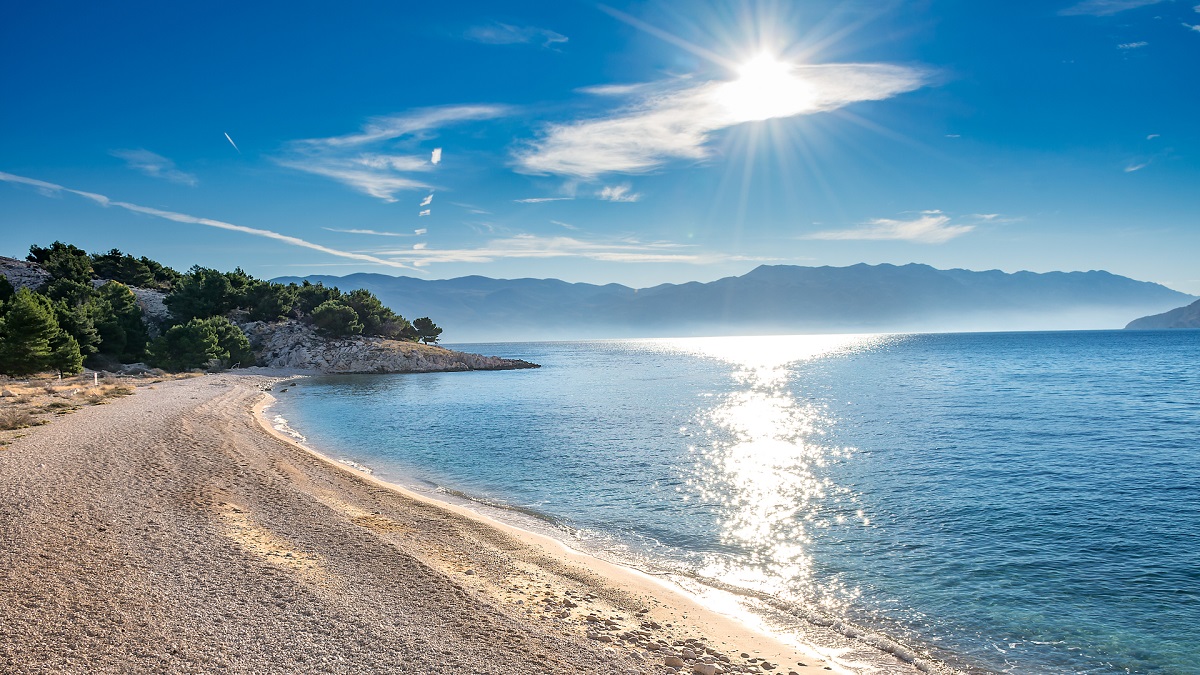
KVARNER AND PRIMORJE
The Kvarner Gulf, also known as Kvarner Bay, is a bay in the northern Adriatic Sea between the Istrian peninsula and the northern Croatian littoral mainland. The bay is a part of Croatia’s internal waters. The largest islands within the Kvarner are Cres, Krk, Pag, Rab, and Lošinj.
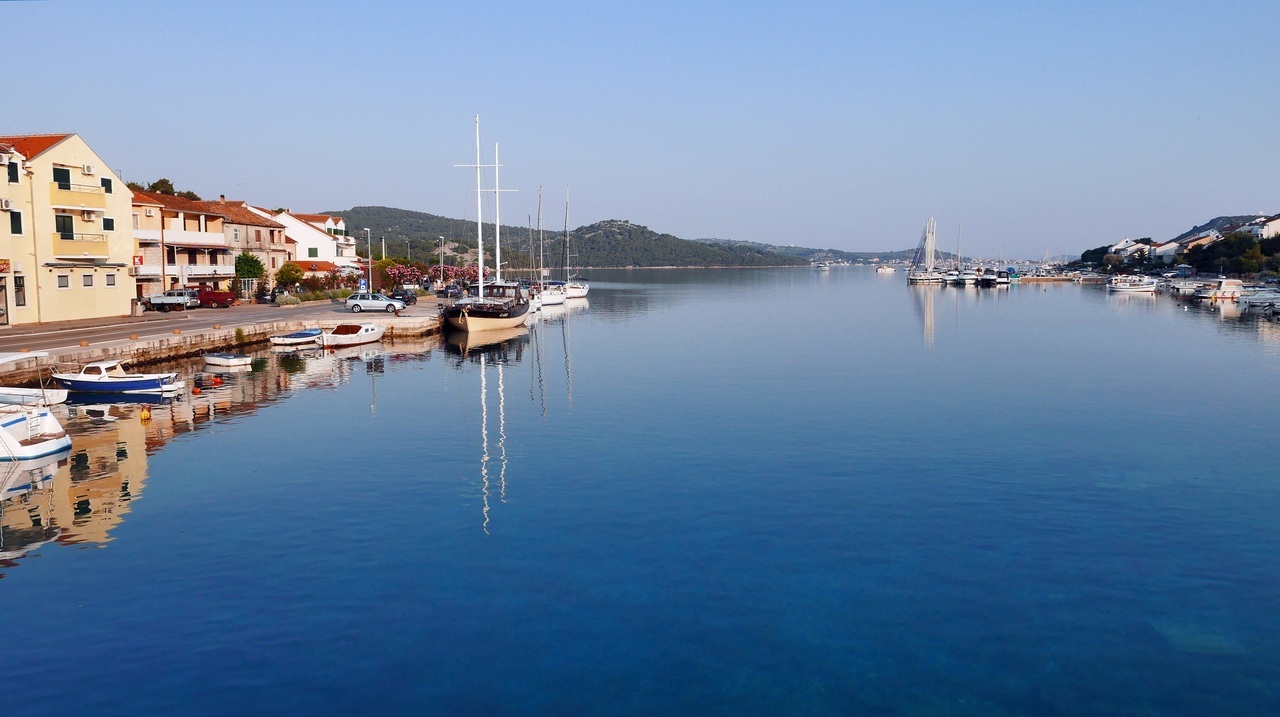
NORTH DALMATIA
Swaths of unspoiled beaches, breathtaking national parks, and historical hamlets await you in North Dalmatia. The North Dalmatia coast stretches from the Kvarner Riviera to Split, Croatia’s largest coastal city. Sometimes overlooked as a holiday destination in favor of the more famous resorts and islands further along the coast, the North Dalmatian region has a lot to offer.
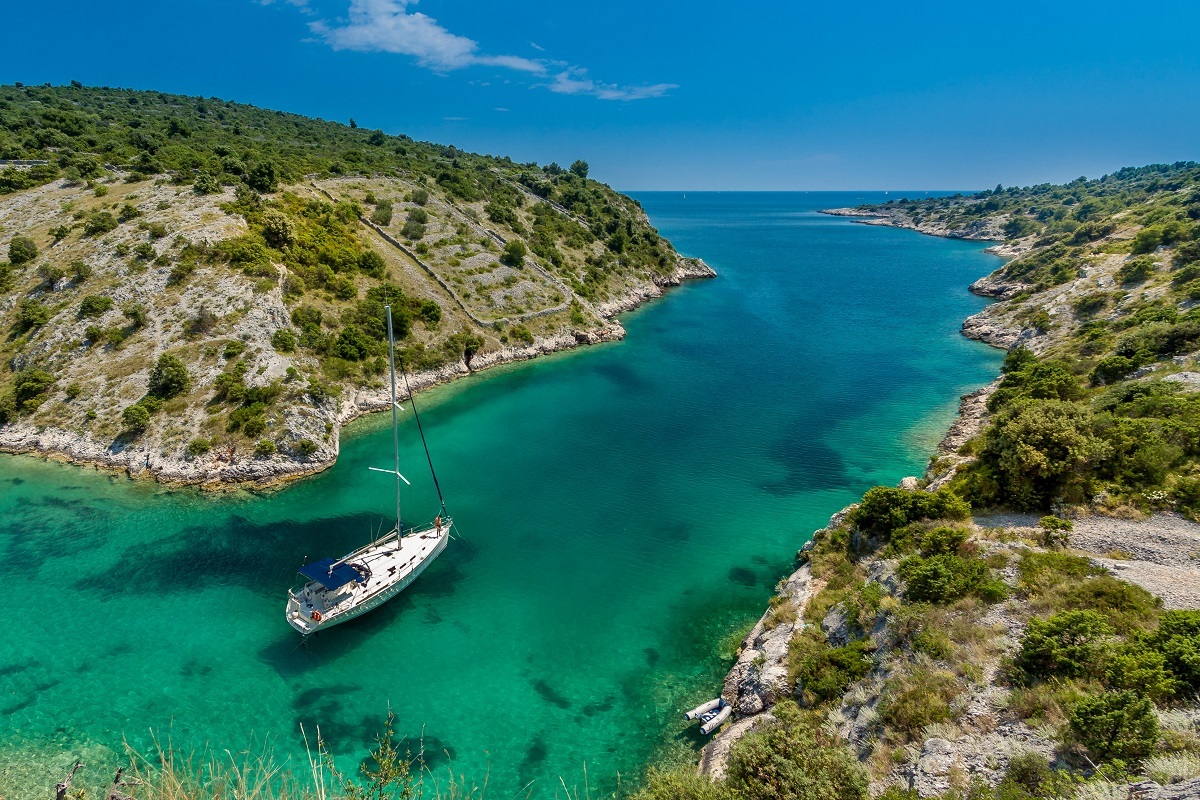
Central Dalmatia
Central Dalmatia offers pretty islands, quiet ports, rugged mountains, numerous castles, and international standard restaurants. Historical Sites with the Diocletian’s Palace in Split, the medieval walled town of Trogir, and Hvar are the ancient strip fields of the Stari Grad Plain.
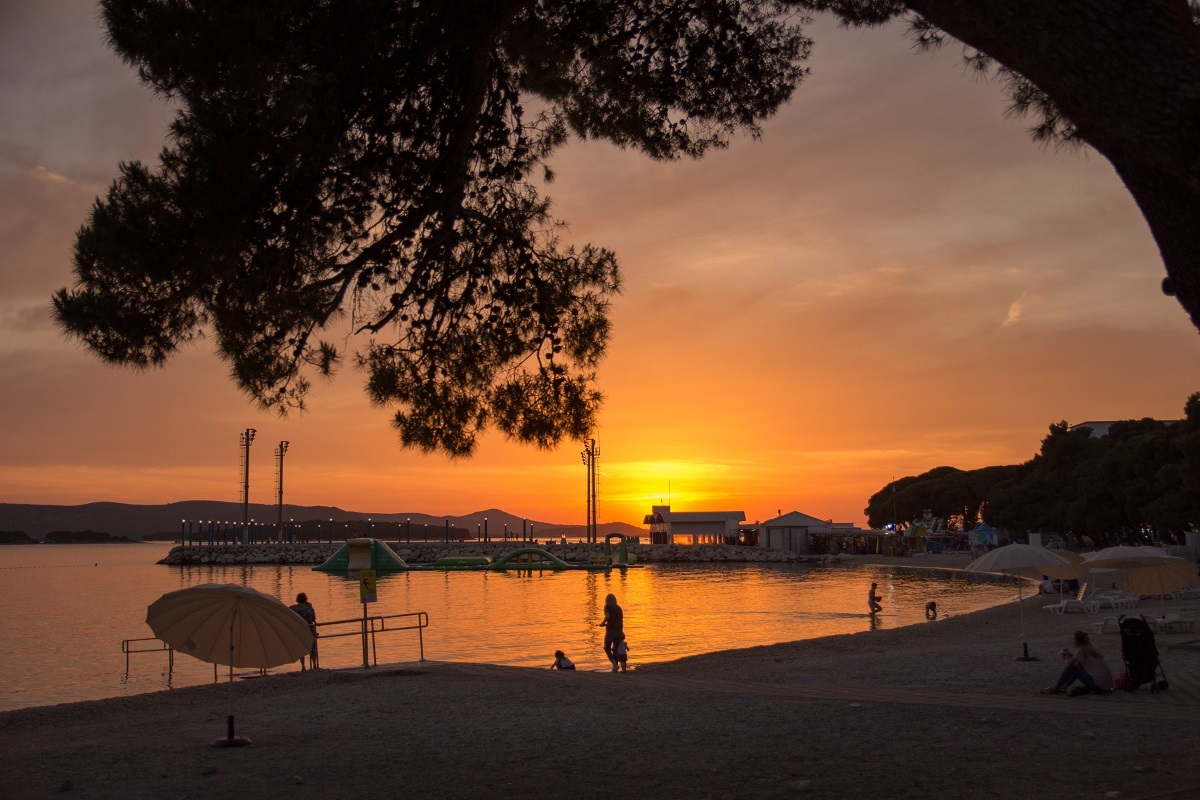
South Dalmatia
As a tourist region, South Dalmatia stretches from Baćina Lakes through the Croatian South to Cavtat, Konavle, and Prevlaka. A mild Mediterranean climate with nice sunsets characterizes the region. The particularly rugged coast offers several coves with beautiful sandy or pebbly beaches.
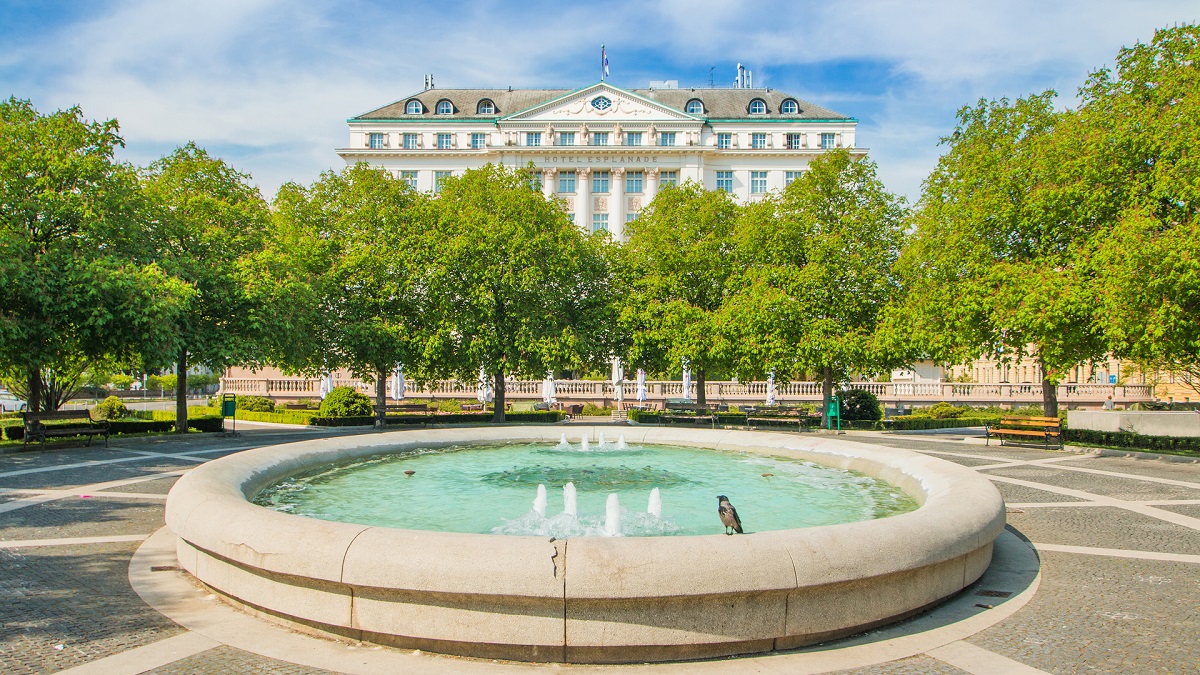
Zagreb
Zagreb is Croatia’s cultural, administrative, business, and political epicenter. Located in the heart of the country, surrounded and protected from the cold north winds by the lushly green mount of Medvednica.
Croatia’s Adriatic coast is a stunning and idyllic destination that offers visitors many opportunities to relax, explore, and experience local culture. The coast is characterized by crystal clear waters, secluded coves, and beautiful beaches, which provide a perfect backdrop for swimming, sunbathing, and water sports.
In addition to its natural beauty, the coast is dotted with charming towns and villages rich in history and culture, from the walled city of Dubrovnik, with its picturesque streets and terracotta roofs, to the medieval city of Split, with its Roman ruins and beautiful beaches. Moreover, the coast has something for everyone. Visitors can enjoy fresh seafood, explore local museums and galleries, or soak up the atmosphere of these beautiful coastal towns.
Zagreb, the capital city of Croatia, offers visitors a vibrant and dynamic urban experience. It is unlike anything on the Adriatic coast. The city is characterized by its blend of old-world charm and modern amenities, moreover with beautiful architecture, excellent restaurants, and a lively nightlife scene.
Visitors can explore the historic Upper Town. Featuring winding streets, beautiful churches, and charming cafes. Or wander through the bustling Lower Town, with its modern shops, galleries, and restaurants. The city also has numerous museums, galleries, and cultural institutions. Moreover, the Museum of Broken Relationships is a popular tourist attraction. Overall, Zagreb offers visitors a unique and unforgettable experience that will leave a lasting impression.


